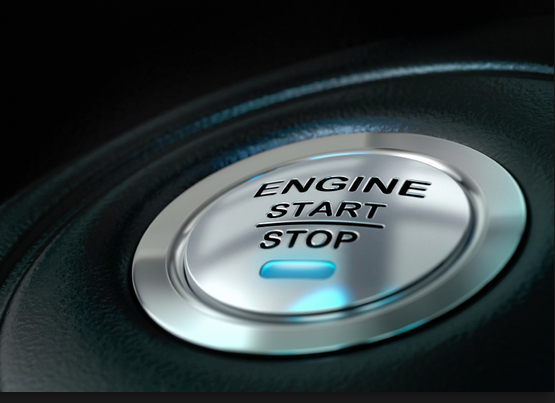New Conventional Gasoline Vehicles to Fall Below 50% of Total by 2017
A new report shows that new conventional gasoline vehicles will total less than 50% of the market by 2017.
Multiple factors, including increasingly strict global standards to limit carbon dioxide (CO2) and other greenhouse gases, are driving manufacturers to produce more efficient vehicles, says research firm Navigant, which issued the study.
Although the use of alternative fuels and electric power is expected to continue growing, gasoline is anticipated to remain the leading fuel in the coming years, albeit in unconventional vehicles that employ a range of fuel-efficiency technologies, such as smaller engines and turbocharging.
“There is no single technology that will dominate fuel efficiency improvements over the forecast period through 2025,” says David Alexander, senior research analyst with Navigant Research. “The focus, instead, will be on incremental improvements in engines and transmissions, along with weight reduction in as many places as possible.”
Perhaps the most important innovation, according to the report, is the wide adoption of stop-start vehicles (SSVs), which eliminate idling when the vehicle is stopped and restart the engine when the driver moves from brake to accelerator.
Over time, the SSV is likely to add functionality to become more of a mild hybrid, with the ability to capture and reuse kinetic energy without the expense of a large battery.
Navigant Research expects sales of gasoline and diesel SSVs to reach 63 million annually by 2025, representing 58 percent of all vehicles sold in that year.
Category: Featured, General Update, Green, Management











